A vibration switch is a device that recognizes the amplitude of the vibration to which it is exposed and provides some sort of response when this amplitude exceeds a predetermined threshold value.
The switch response is typically an electrical contact closure or contact opening. The electrical contact may be either an electromechanical relay or solid-state device.
Vibration Switch Working Principle
Vibration Switch is working according to the pendulum switching principle.
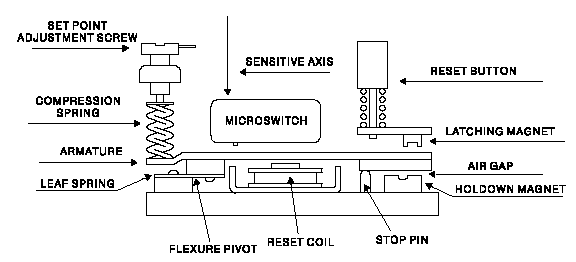
A swinging permanent magnet holds a magnetic switch situated below in a particular position. Due to vibration, the magnetic field between Reed Switch and magnet changes.
Thus the switch is actuated resulting in the stoppage of the equipment. The responding sensitivity of the system can be changed by adjusting the gap between switch and magnet. Thus vibrations with amplitude below a set value can be suppressed.
Also Read : What is Keyphasor ?
The free pendulum length and the responding frequency of the switch with a frequency slider can be adjusted exactly to the natural frequency of the equipment to be protected.
Why use a vibration switch?
Vibration switches are primarily used for protecting critical machinery from costly destructive failure by initiating an alarm or shutdown when excessive vibration of the machinery is detected.
Conversely, a vibration switch can be utilized to warn when there is an absence of vibration, such as when a conveyor ceases to function due to a broken drive belt.
Applications include all types of rotating or reciprocating machinery such as cooling tower fans, pumps, compressors etc.
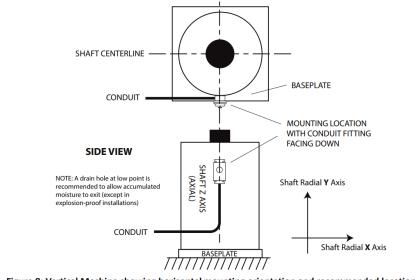
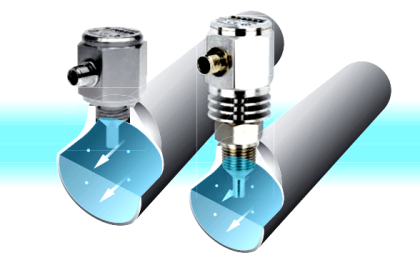

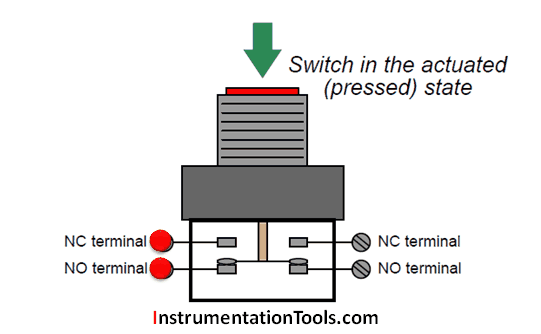
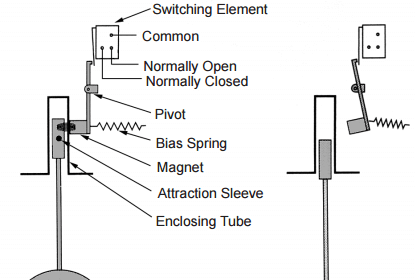
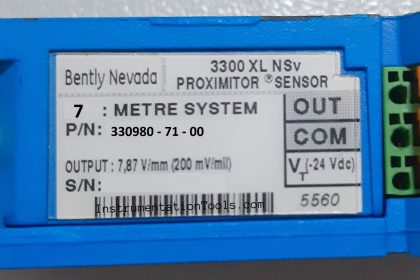


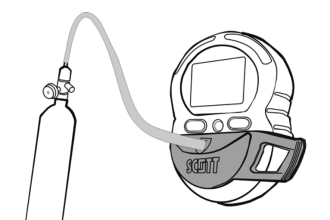
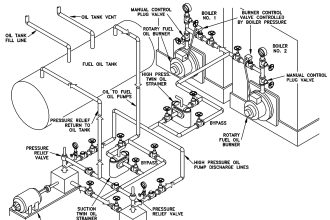
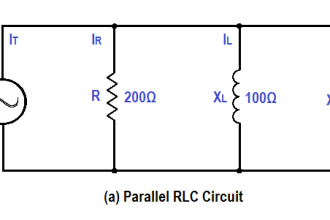
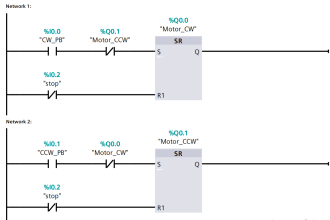

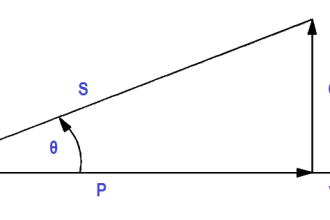



Adorei vcs estão e ajudando muito. Translated : Loved you guys are and helping much
Very nice information and very helpful.
Welcome Colleagues : As a matter of fact ,the above vibration switch was installed on our main pumps (Metric type ) for pumping white hydrocarbon products like Gasoline /Kerosene /Gas oil in Baiji pumping station -Iraq /the North Refinery and used to protect the main centrifugal pumps from Vibration which is one of the physical parameters we suppose to monitor and protect the equipment from up normal condition in case we have Vibration and Vibration created due to several reasons like misalignment between coupling (Pump and Motor driven unit ) / Air Bubbles inside the suction of the main pump / the base of the pump ..etc
so we have two types of set point -one for Alarm and the second for Shut Down
with units named or of abbreviation G so we have for example 3G or 4G ..so on also another mechanical vibration switch type we have and installed on the body of the main motor which protects 3.3 KV & 6.6 KV from vibration in case of any failure in the mechanical vibration installed on pump or other reasons for vibration to protect main motors
Sir please provide more information
explain the vibration sensor working principle with animation.